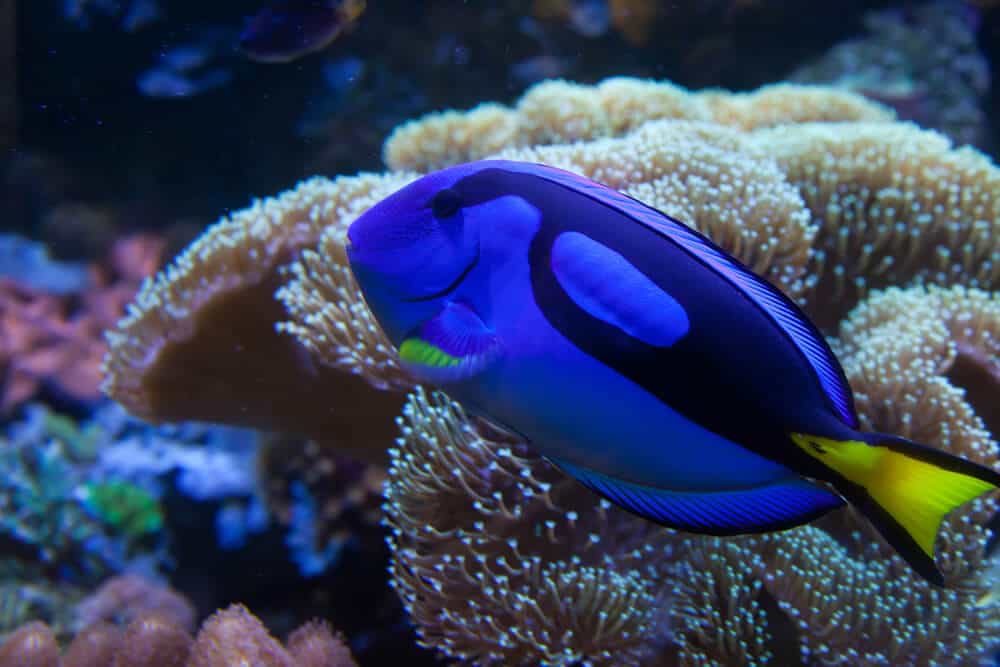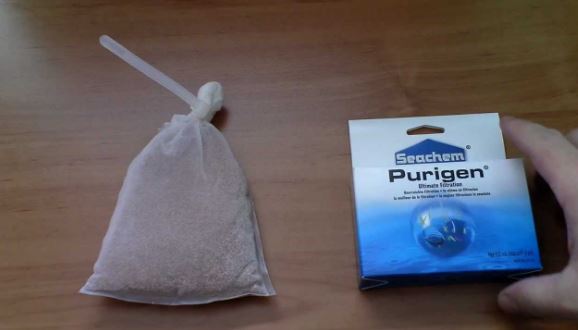
More often than not, aquarium owners get caught up with the process of setting up the fish tank. Their first concern is usually the ideal mix of fish species, how to keep the fish tank warm and clean, and the logistics of decoration.
In the process of figuring all these out, it is crucial to consider the water source you intend using to fill up the fish tank.
If well water is the only option available to you, you don’t need to panic about how to use well water ideally. Read this guide to learn the best ways to utilize well water for your fish tank.
Contents
1. Source and contents of well water
Well water comes from a source beneath the surface of the earth known as groundwater.
The groundwater flows naturally below the Earth surface and breaks through the surface through springs.
It lies deep within underlying soil and rock, and its contamination content is far less than that of surface water.
This is because the soil and rock layers between the groundwater and the surface has naturally filtered out the majority of contaminants. A pump or container is used in drawing out the well water.
If you are in a rural area, you can get your well water from the land you’re situated on.
However, you can get well water from deep wells drilled already into the local aquifer in cities.
Furthermore, you should also know that the mineral content of well water tends to be higher than that of surface water.
The water picks up the mineral content mostly as it is purified down to the aquifer. This should not be a cause for panic as the mineral content in well water is non-corrosive.
2. How to prepare well water for your fish tank
After purchasing everything you need to set up your fish tank, it might be tempting to just fill it up with water and put your fish in.
But this is not the right way.
It is essential that you first prepare your water.
The steps to proper preparation include:
- Setting up the fish tank by rinsing it, including any rock or gravel before you add water.
- Oxygenate the water by filtering it through the pump.
- Treat the water because well water can contain chlorine and other chemicals that can be deadly to the fish
- Let the tank run for some time before adding fish. The ideal running time is one or two month(s).
- Once the water cycle has been established, you can begin adding the fish gradually. If you add all the fish at once, the formed balance can be upset, leading to the death of all the fish.
See also: How to Save Your Fish from New Tank Syndrome (Bonus 2 More Quick Cures)
3. Treatment methods of well water for use in your fish tank
It is possible to direct the well water straight from a hose to your fish tank. However, it is important to critically check the water first.
If the water comes from the local aquifer, then it is possible that it has been treated with chemicals like fluoride and chlorine to make it healthy for human consumption.
But these chemicals might be toxic for your new fish; even a little chlorine level can prove deadly.
So, at the very first time, you need to
Removing the chlorine and other chemicals.
Some of the symptoms that the water is not suitable for the fish include fast breathing, changing of color around the gills and inability to breathe.
You can decide to make the well water safe for use naturally. That is, without the use of additional chemicals.
If this is your decision, then the next steps required are fairly simple.
First, you should realize that one of its most dangerous chemical components is chlorine.
Ensure that the well water sits for a period of 24 to 48 hours so the chlorine component can naturally evaporate.
As you wait for the natural evaporation of the chlorine, add an aerator to the well water to speed up the process. The aerator will also increase the chances of the complete dissolving of chlorine from the water.
However, you should also realize that if this process works for the chlorine, it might not work for chloramines.
One of the best tools to use in making your well water safe from heavy metals without using chemicals is through a Reverse Osmosis (RO) purifying system.
This purifier system can remove different types of contaminants from the water.
In fact, some of the RO models are designed with remineralizers that can correct other components such as the pH, as the RO system strips away so many unwanted elements while filtering the well water.
After removing the chlorine and other chemicals, what next?
The next step is conditioning, which involves making the well water ideal for the fish.
Conditioning
Some experts regard conditioning as a necessity, and incredibly, it also can be done naturally.
If you haven’t moved the well water to your fish tank, you can do that now.
To naturally condition your already-purified well water, you can use dolomite filters, crushed corals, or decorative limestone within the fish tank.
Using any of these or aquatic plants will increase the pH levels.
However, if it is the case that you want to reduce the pH level, then you can do this naturally by including decorative driftwood to the fish tank.
The kH can be naturally raised with baking soda while limestone or coral can increase the gH.
See also:
Fish Tank Water pH – The Full Guide for Beginners
Basic Killer Tips on Aquarium Water General Hardness
4. Effects of well water on your fish
Just like everything in life, the use of well water for your fish as its upsides as well as its downsides.
- Pros: One of the positive effects of well water is that it is readily available for use.
- Cons: Its adverse effects include its unpredictable pH and mineral content.
However, you can solve this naturally by proceeding with the preparation and treatment methods listed in this guide.
5. Conclusion
Well water comes from a source beneath the ground known as groundwater.
From reading this guide, you should now know that using well water should not be a cause for panic.
You can use well water for your fish tank without negative effects if you follow the proper preparation and treatment methods.






